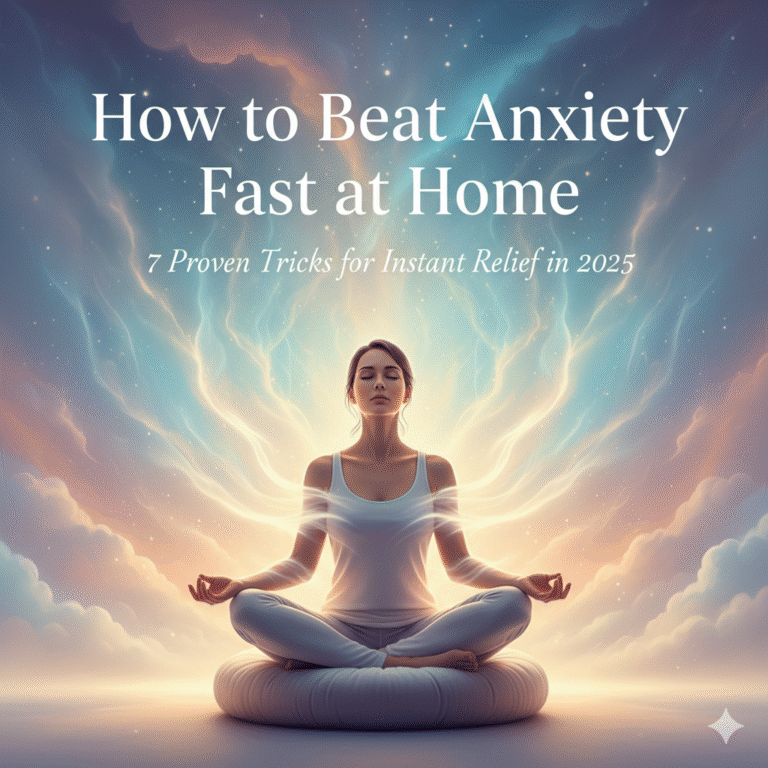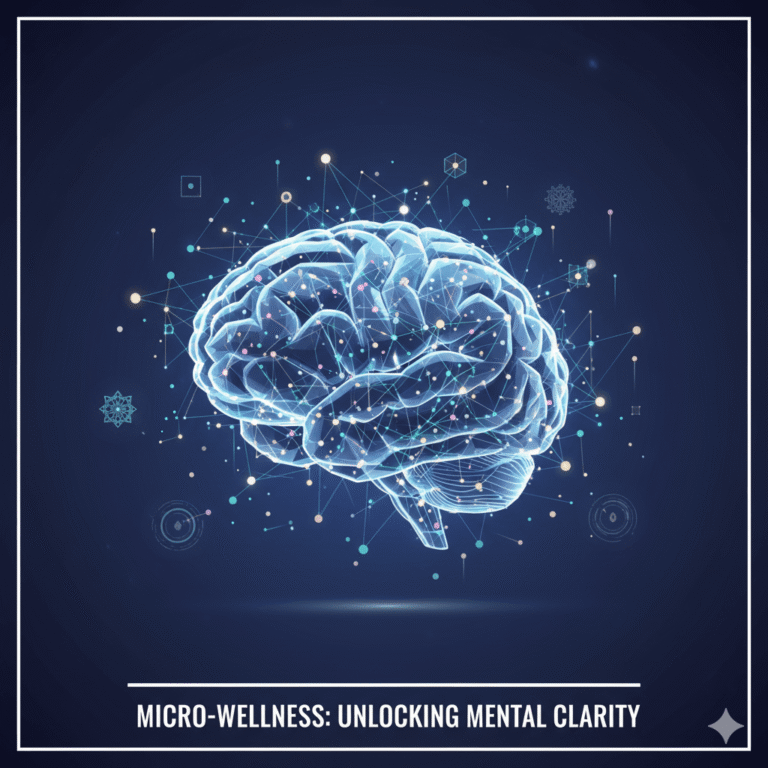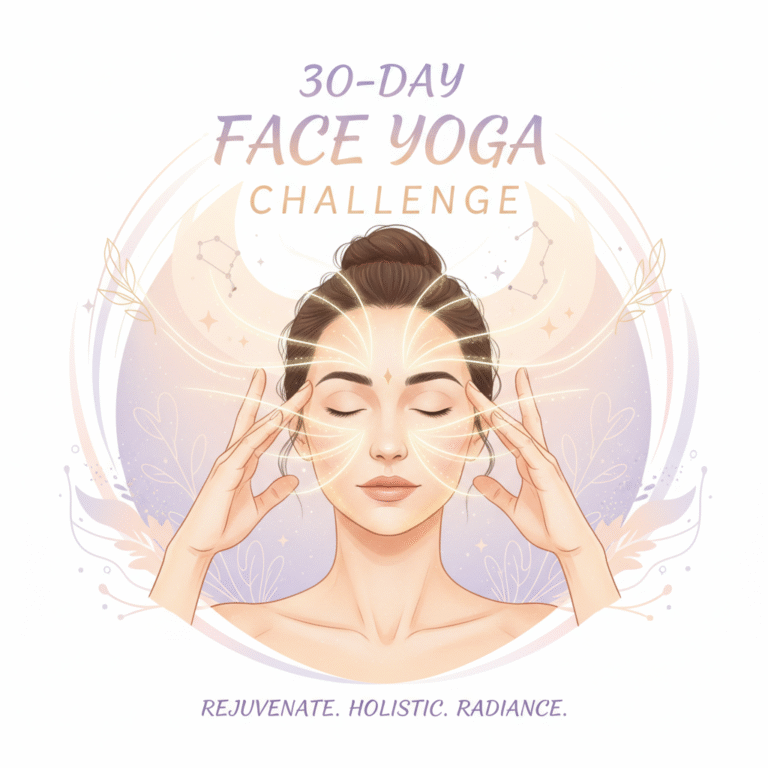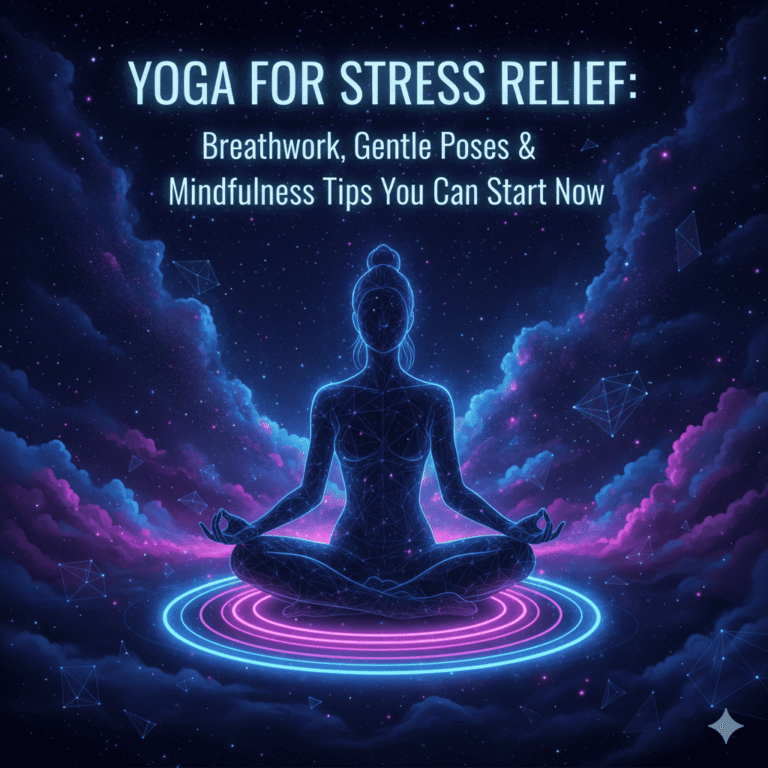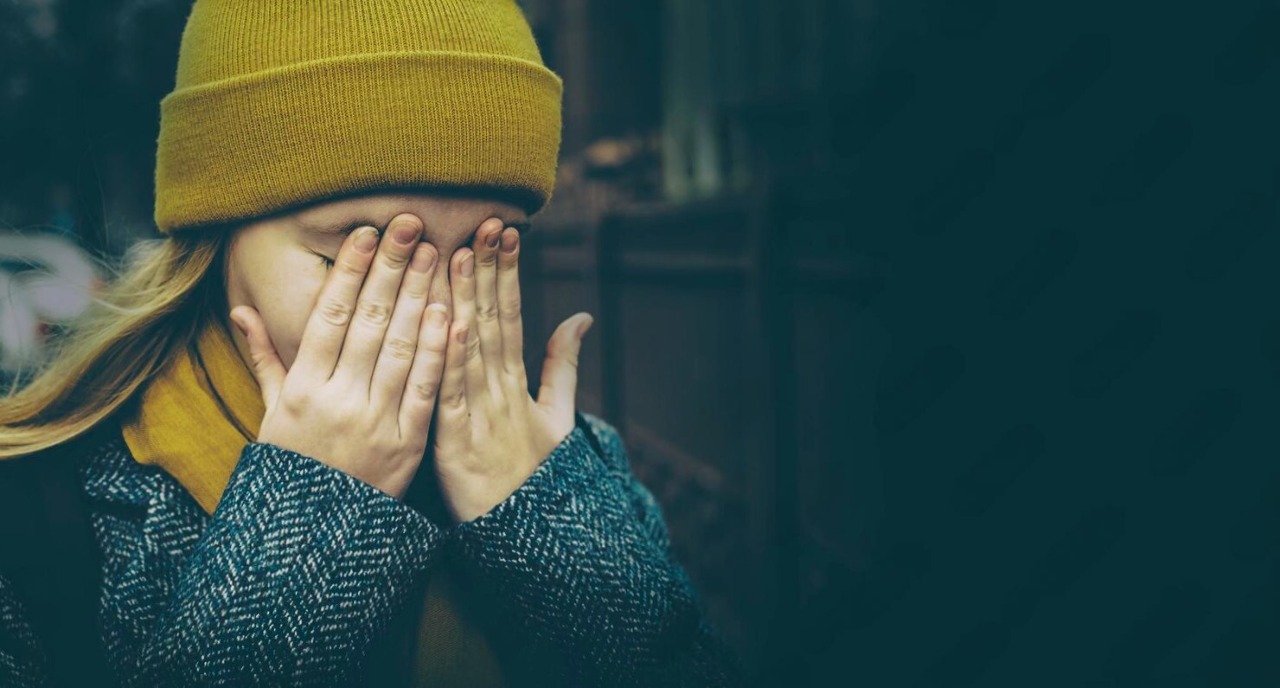
Anxiety—it’s that nagging, unsettling feeling that can creep up when you least expect it. Whether it’s a big presentation, a first date, or the daily grind, everyone experiences anxiety at some point. But for some, it’s more than just nerves—it’s a constant, overwhelming presence that can disrupt daily life. This is where anxiety disorders come in. In this article, we’ll explore the top anxiety disorders, their symptoms, and provide 10 techniques to reduce anxiety fast. Whether you’re experiencing anxiety yourself or supporting a loved one, you’ll find actionable tips to help take control.
What is Anxiety?
Anxiety is more than just feeling nervous about an upcoming event; it’s your body’s natural response to stress. When faced with a perceived threat, your body releases stress hormones like adrenaline to prepare you to fight or flee. This response is helpful in dangerous situations, but when it becomes chronic, it turns into an anxiety disorder. Anxiety disorders involve excessive worry, fear, or physical symptoms like a racing heart or shortness of breath, and can disrupt everyday activities. The good news is that these disorders are treatable, and with the right tools, you can manage your anxiety effectively.
The Top Anxiety Disorders You Should Know About
Understanding the different types of anxiety disorders is key to recognizing and managing them. Here’s a breakdown of the top anxiety disorders and how they affect daily life.
1. Generalized Anxiety Disorder (GAD)
Generalized Anxiety Disorder (GAD) involves persistent worry about a wide range of life situations. People with GAD feel anxious about things like work, family, health, or even minor everyday tasks. The anxiety is constant and often not related to any specific event, which makes it different from regular stress. Symptoms include fatigue, difficulty concentrating, muscle tension, and restlessness.
Unlike typical stress that comes and goes, GAD can leave you feeling tense all the time. It can affect both mental and physical health, making it hard to relax even when there’s no immediate reason to be anxious. Treatment often involves therapy and sometimes medication, helping individuals manage and reduce their worry.
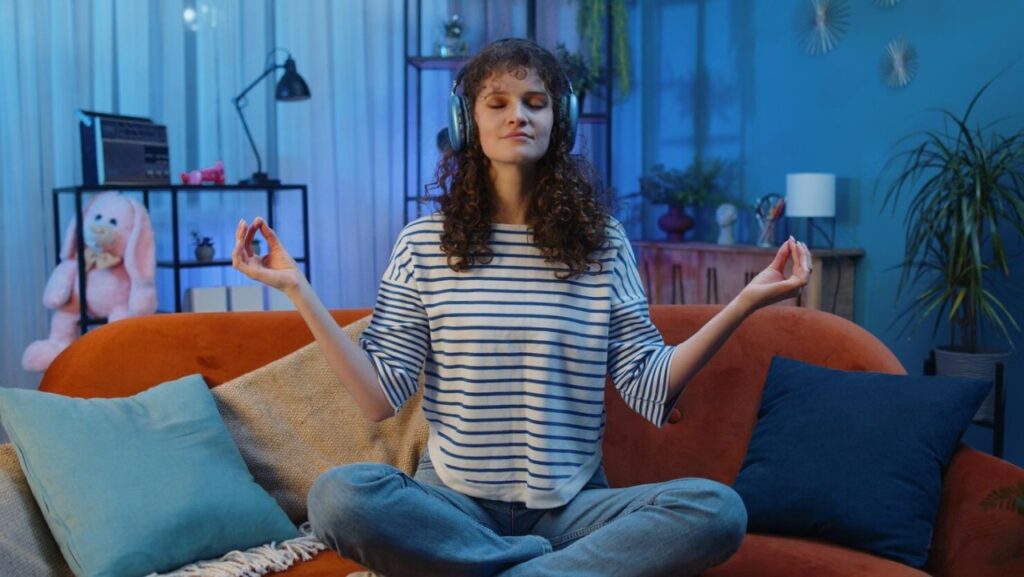
2. Panic Disorder
Panic Disorder is characterized by recurring and unexpected panic attacks. A panic attack is an intense rush of fear or discomfort that can come out of nowhere, even when you’re not in a dangerous situation. During a panic attack, individuals experience symptoms like shortness of breath, chest pain, heart palpitations, and a feeling of impending doom. These attacks can be so terrifying that they lead people to avoid places or situations where they’ve had an attack before.
The unpredictability of panic attacks is what makes this disorder so debilitating. People with Panic Disorder often begin to avoid places, social gatherings, or activities in fear that an attack might occur again. Therapy, particularly Cognitive Behavioral Therapy (CBT), is very effective in helping individuals manage panic attacks and the fear of future attacks.
3. Social Anxiety Disorder (SAD)
Social Anxiety Disorder (SAD) involves an intense fear of being judged, embarrassed, or humiliated in social situations. People with SAD often avoid social interactions because they fear negative evaluation. Common symptoms include excessive sweating, shaking, blushing, and an overwhelming sense of dread before or during social events.
SAD can significantly impact one’s personal and professional life. However, with proper treatment, individuals can learn to manage their anxiety and face social situations with confidence. Cognitive Behavioral Therapy (CBT) is particularly helpful for those with social anxiety, as it helps individuals challenge negative thoughts and gradually face their fears in social settings.
4. Specific Phobias
A specific phobia is an intense, irrational fear of a specific object, animal, or situation. Common phobias include fears of heights, spiders, flying, and enclosed spaces. People with a phobia often go to great lengths to avoid their triggers, even if it’s unreasonable.
Phobias can severely limit a person’s life and make simple activities, like traveling or attending events, difficult. Treatment often involves exposure therapy, where the individual is gradually exposed to their fear in a controlled and safe environment to reduce their anxiety over time.
Comparison Table: Anxiety Disorders at a Glance
Here’s a quick reference table comparing the main characteristics of the most common anxiety disorders:
| Disorder | Main Characteristic | Symptoms | Triggers |
|---|---|---|---|
| Generalized Anxiety Disorder | Persistent, excessive worry about multiple areas of life | Fatigue, muscle tension, irritability, poor concentration | Daily stressors (work, health, relationships) |
| Panic Disorder | Recurrent, unexpected panic attacks | Rapid heartbeat, dizziness, chest pain, fear of dying | Unpredictable, with no clear trigger |
| Social Anxiety Disorder (SAD) | Fear of being judged or humiliated in social situations | Sweating, trembling, nausea, intense self-consciousness | Social interactions, public speaking |
| Specific Phobias | Irrational fear of specific objects or situations | Sweating, dizziness, panic, avoidance behavior | Encountering the phobic object or situation |
10 Techniques to Reduce Anxiety Fast
While anxiety disorders require long-term management, there are techniques you can use to reduce anxiety in the moment. Whether you’re having a panic attack or feeling overwhelmed, these methods can help calm your mind and body.
1. Deep Breathing: Instant Calm
Deep breathing activates your body’s relaxation response, helping to counteract the stress-induced fight-or-flight reaction. Try the 4-7-8 breathing technique:
- Inhale through your nose for 4 seconds.
- Hold your breath for 7 seconds.
- Exhale slowly through your mouth for 8 seconds.
Repeat this for 3-5 minutes to calm your body and mind.
2. Grounding Techniques: Stay in the Present
When anxiety overwhelms you, grounding exercises can help pull you out of your anxious thoughts and focus on the present. The 5-4-3-2-1 grounding method is effective:
- 5 things you can see
- 4 things you can touch
- 3 things you can hear
- 2 things you can smell
- 1 thing you can taste
This method helps distract you and brings your attention back to your surroundings.
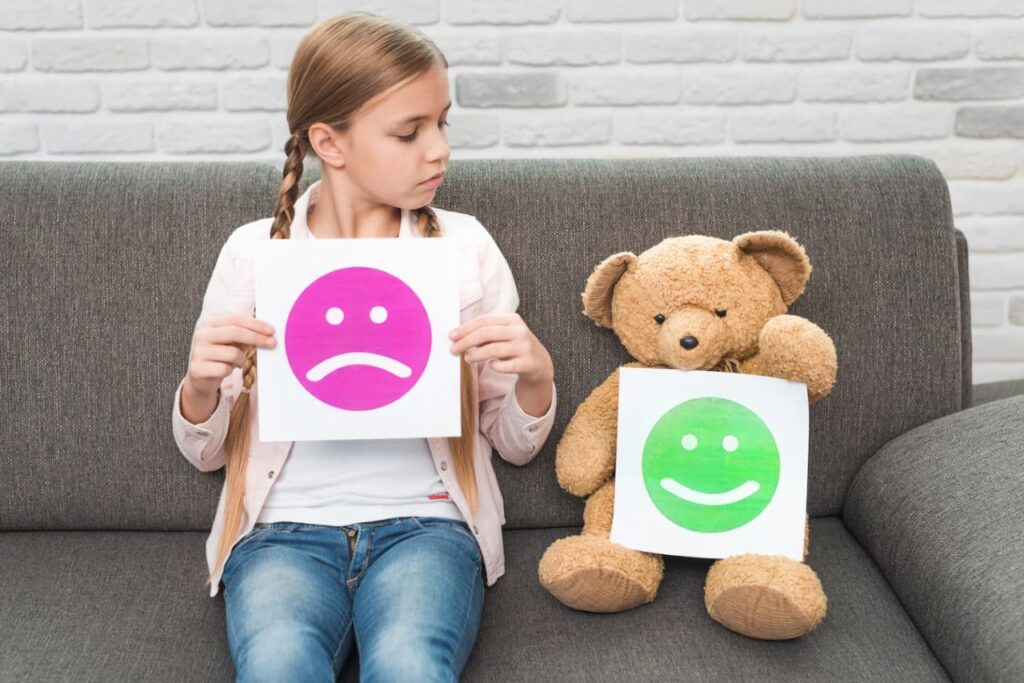
3. Progressive Muscle Relaxation (PMR)
PMR involves tensing and relaxing different muscle groups in your body to release built-up tension. Start with your toes and work your way up to your head, holding each muscle group for 5 seconds before releasing. This technique can help relax both your mind and body.
4. Mindfulness Meditation: Focus on the Now
Mindfulness meditation teaches you to observe your thoughts without judgment, helping you detach from your anxiety. To start:
- Find a quiet spot and sit comfortably.
- Close your eyes and focus on your breath.
- When your mind starts to wander, gently bring it back to your breath.
Start with 5-10 minutes a day and gradually increase the duration.
5. Journaling: Express Your Thoughts
Writing down your worries can be a great way to externalize your anxiety. Spend 10 minutes journaling about what’s on your mind. Often, putting your thoughts on paper can help you see things more clearly and create a sense of control over them.
6. Aromatherapy: Calm Your Senses
Certain scents can help relax your body and mind. Lavender, chamomile, and bergamot are known for their soothing properties. Use essential oils in a diffuser, or apply them to your wrists and temples for a quick dose of calm.
7. Exercise: Release the Tension
Physical activity releases endorphins, which are natural stress relievers. Even just a short walk, a bit of yoga, or some light stretching can help reduce anxiety and boost your mood.
8. Visualization: Picture a Calm Place
Visualization can help ease anxiety by guiding your mind to a peaceful, relaxing place. Close your eyes and imagine yourself in your favorite calm setting—whether it’s a beach, forest, or cozy room. Focus on the sights, sounds, and sensations of that place.
9. Talk It Out: Don’t Bottle It In
Talking to a friend, family member, or therapist can significantly reduce anxiety. Sometimes, just voicing your worries can lighten the emotional load. Speaking to someone who understands can help you feel supported and less alone.
10. Reduce Caffeine and Sugar
Caffeine and sugar can increase anxiety by stimulating your nervous system. If you’re feeling anxious, try reducing your intake of these substances to help manage your stress levels more effectively.
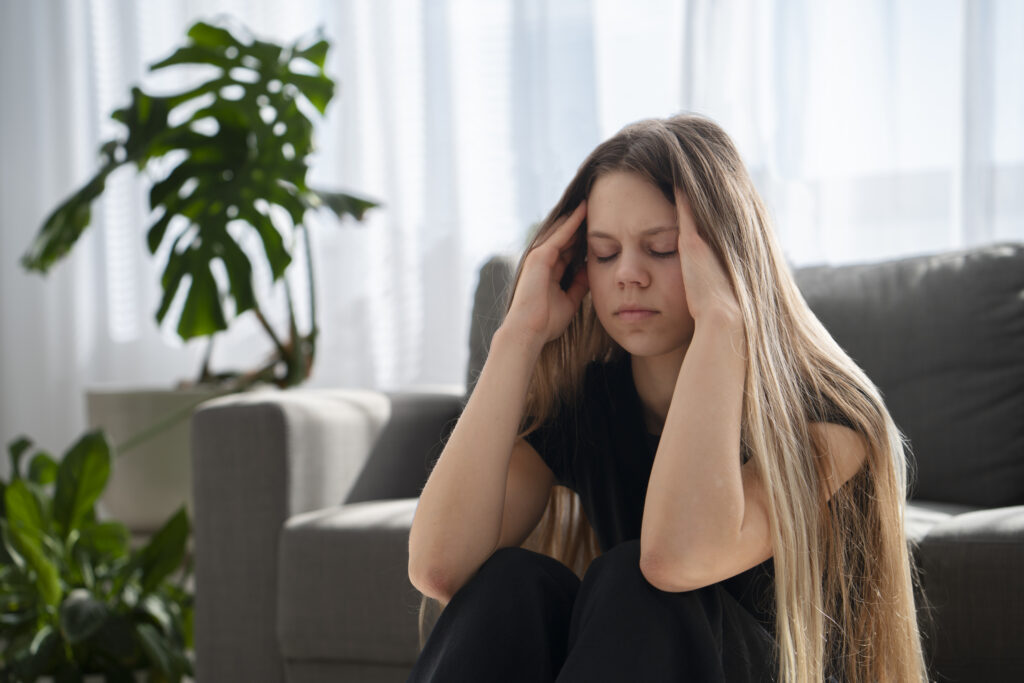
Conclusion
Anxiety disorders can be overwhelming, but they are treatable. By understanding the symptoms and types of anxiety disorders and utilizing these quick techniques to manage anxiety in the moment, you can regain control over your mental health. Whether you’re dealing with Generalized Anxiety Disorder, Panic Disorder, or Social Anxiety, remember that you’re not alone—and that with the right strategies, anxiety can be managed.
Start implementing some of these techniques today and see what works best for you. You’ve got this!
How can I stop anxiety fast?
To stop anxiety fast, try techniques like deep breathing, progressive muscle relaxation, or mindfulness meditation. These methods help calm your body and mind quickly, providing immediate relief from anxious feelings.
What are the symptoms of anxiety disorders?
Common symptoms of anxiety disorders include restlessness, fatigue, irritability, rapid heartbeat, difficulty concentrating, and excessive worry. Symptoms can vary depending on the type of disorder.
Can anxiety be cured?
While anxiety can’t always be “cured,” it can be effectively managed with therapy, lifestyle changes, and techniques like Cognitive Behavioral Therapy (CBT). With the right support, many people find significant relief from anxiety symptoms.
Are there natural ways to manage anxiety?
Yes, natural methods such as aromatherapy, exercise, deep breathing, and mindfulness can help reduce anxiety. These techniques help lower stress levels and promote a sense of calm.


